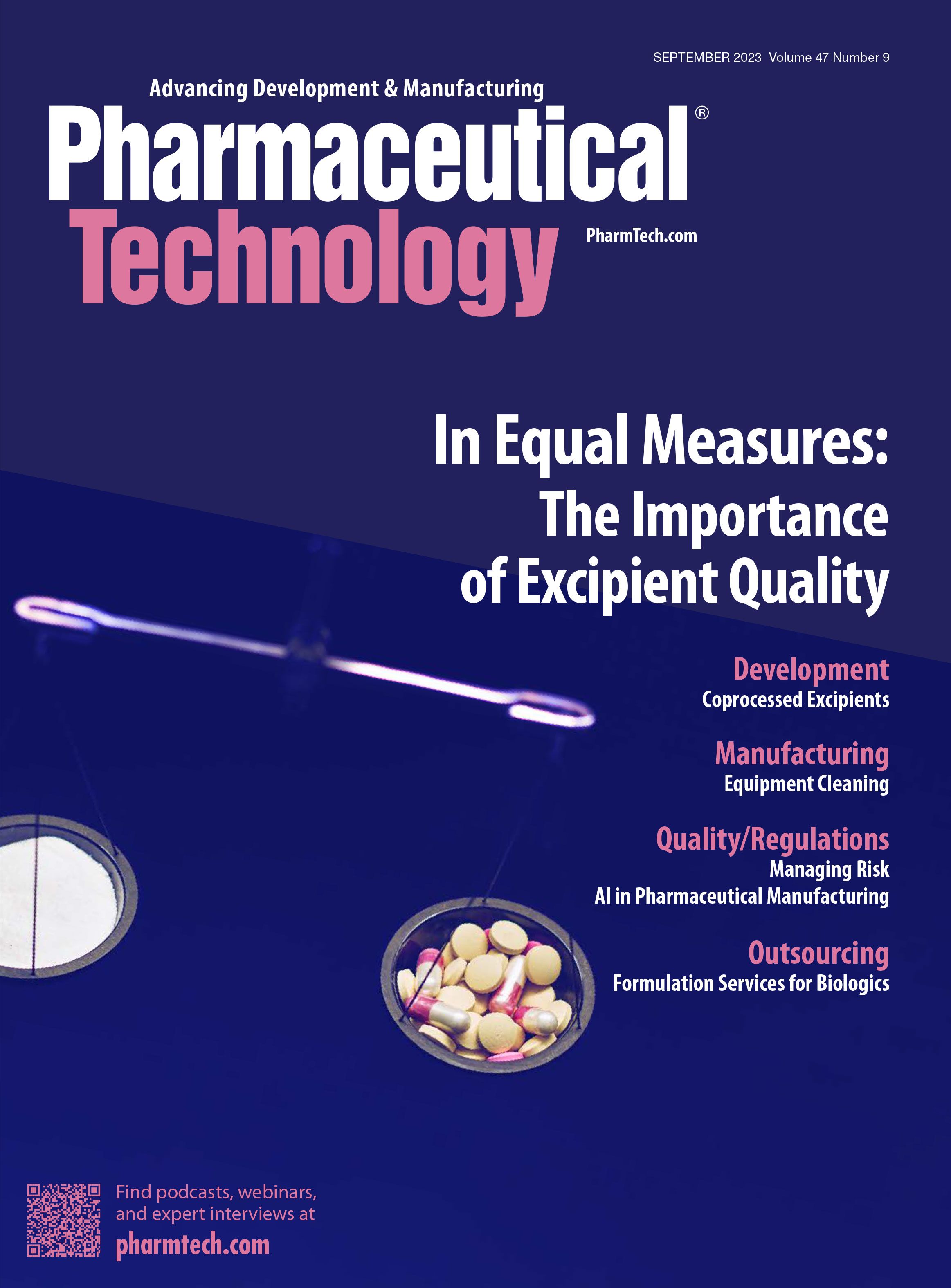Clearing Up Confusion in Inspection Terminology
Audits and inspections both assure that requirements have been fulfilled and whether documented proof is available, says Siegfried Schmitt, vice president, Technical at Parexel.
Question mark background | Image Credit: © Leigh-Prather - © Leigh Prather - stock.adobe.com

Q: We are confused when it comes to audit and inspection terminology. The European regulations refer to self-inspection (1). FDA refers to audits and inspections (2), and the International Council for Harmonisation (ICH) refers to regulatory inspections and findings, audits, and other assessments (3). Can you provide some clarity?
A: As you noted, there is no harmonized terminology in the regulations. There is, however, a general understanding in industry that inspections generally mean inspections by regulatory or official bodies and audits mean assessments or investigations by firms or individuals from industry.
Is this merely a play of words or is there some fundamental difference between audits and inspections? They all serve the same purpose, namely for an independent person or persons to establish within a relatively short period of time whether particular requirements and commitments have been fulfilled, and importantly, whether documented proof of evidence is available.
From a regulatory authority perspective, an inspection assists in verifying whether a company adheres to the applicable laws, rules, and regulations, and to confirm that data and information supplied to the regulators are truthful and complete. This is, for example, the situation in case of clinical trial applications and marketing authorization applications (i.e., drug applications). As the situation at a company changes (e.g., new products) or the legislation changes, the authorities may need to conduct further inspections. As a company, you should have procedures in place that detail how you will host and support inspections by official bodies.
Clients (typically the licence holders) of contract manufacturing organizations (CMOs) may wish or have to perform audits of the CMO’s operations, either because they need to establish the CMO as a bona fide supplier or as part of an ongoing relationship assessment. Professional bodies may need to audit manufacturing facilities as part of a certification exercise (e.g., for ISO or EXCiPACT certification). Though there are many similarities with inspections by regulators, each audit type here warrants a focused, specific procedure, not least because it may involve different members of staff, a different routine, and likely a different set of documents to review.
And lastly, you need to perform your own audits. This involves audits of your suppliers, perhaps due diligence audits in case of an acquisition, and your internal audits (i.e., audits of your operations and your quality system). Each warrants its own procedure as you may have different persons involved in these different types of audits, and of course their intention differs. In the case of an internal audit (or self-inspection to use the European terminology), you will have full transparency and disclosure, whereas you will not have this with any other audit or inspection.
In summary, it really doesn’t matter how you call it, audit or inspection. Whichever terminology you prefer, you need to document this in your quality system. This can be done in a glossary, as and when used in
documentation, or in any other suitable place within your documentation. Just make sure it is clear to anyone within your company who is working under your quality system.
References
- EC. Chapter 9. Self Inspection. EudraLex Vol 4.
- FDA. Sec. 130.300 FDA Access to Results of Quality Assurance Program Audits and Inspections. Compliance Policy Guide. June 2007.
- ICH. 3.2.4 1) a). Q10, Pharmaceutical Quality System. (ICH, 2009). www.ich.org.
About the author
Siegfried Schmitt is vice president, Technical at Parexel.
Article details
Pharmaceutical Technology
Vol. 47, No. 9
September 2023
Page: 50
Citation
When referring to this article, please cite it as Schmitt, S. Clearing Up Confusion in Inspection Terminology. Pharmaceutical Technology® 2023 47 (9).
